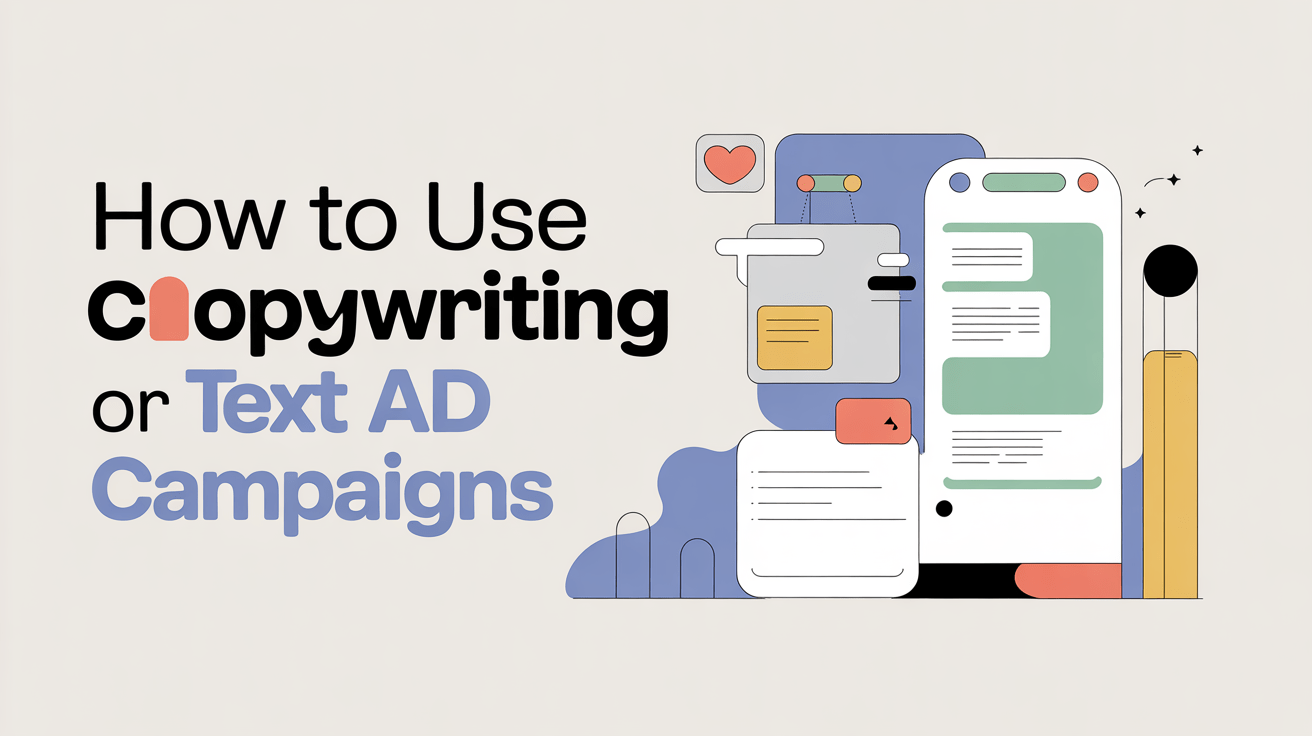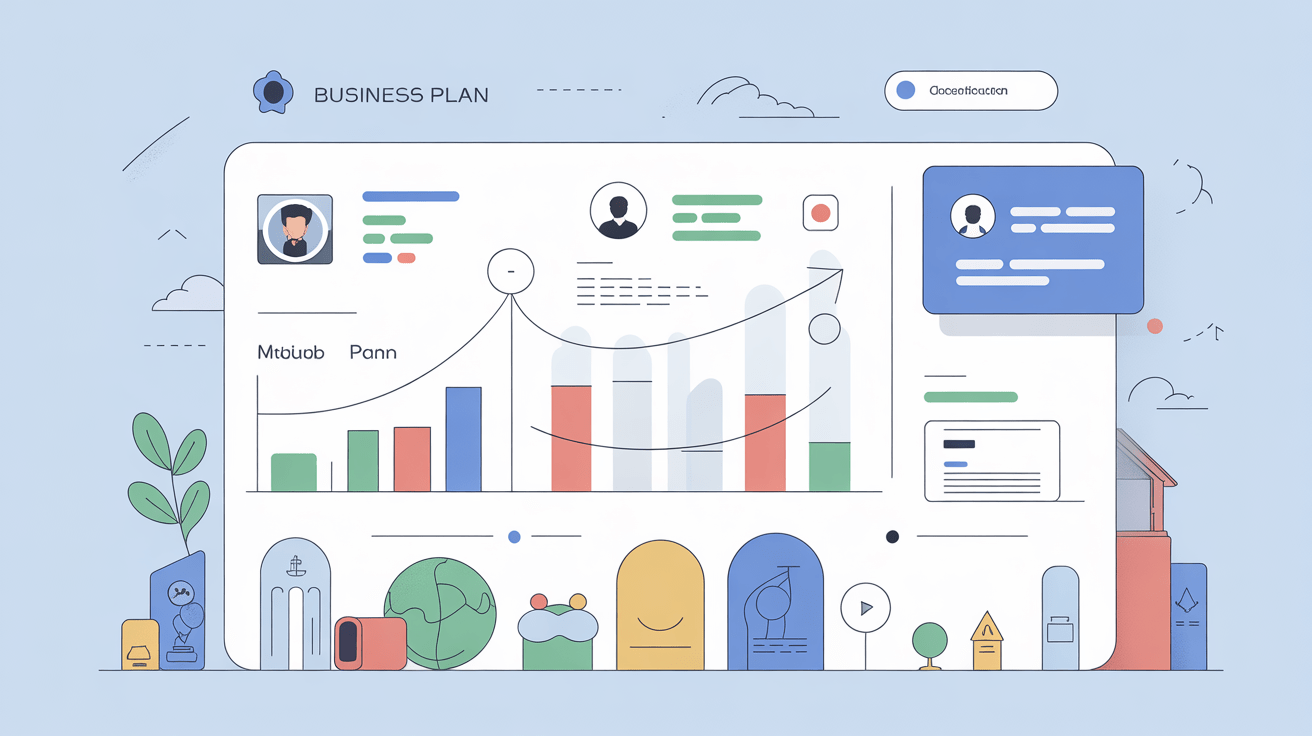
: An Engineer’s Deep Dive
In the evolving landscape of digital marketing, leveraging AI technologies like ChatGPT for copywriting and advertising campaign creation isn’t just a novelty – it’s becoming a basic pillar to supercharge creativity, efficiency, and targeting precision.This article offers a comprehensive, engineer-centric analysis on how developers and founders can architect solutions that integrate ChatGPT seamlessly into copywriting workflows and ad campaign management systems, enhancing strategic outcomes and operational agility.
Understanding ChatGPT’s Role in Modern Copywriting and Ad campaign Generation
ChatGPT’s Natural Language Generation (NLG) Capabilities
Built on OpenAI’s GPT architecture, ChatGPT excels at natural language generation by predicting text based on contextual input. its strengths allow marketing teams and automated systems to produce varied, nuanced, and engaging content at scale, from punchy ad headlines to detailed product descriptions. this foundation is critical to crafting copy that resonates with diverse target demographics.
Integration Potential in Marketing Pipelines
ChatGPT can slot into different phases of marketing workflows:
- Ideation & brainstorming
- Draft creation and variant testing
- Real-time customer interaction scripting (chatbots)
- Performance-driven copy optimization loops based on analytics
Accordingly, understanding these integration points lets engineers architect scalable and responsive copywriting solutions.
Key Architectural Components for ChatGPT-Driven Copywriting
API-Based Microservices for Dynamic content Generation
The core architectural pattern is wrapping OpenAI’s API in microservices that expose specific copywriting functionalities. These microservices abstract prompt engineering logic and handle session management, ensuring a modular and maintainable ecosystem for continuous model improvements and experimentation.
Prompt Engineering and Template management
Hard-coded prompts limit model flexibility and scalability. Instead, engineers maintain a repository of dynamic prompt templates, including placeholder tokens for variable product data, campaign objectives, and user personas. Leveraging templating frameworks such as Jinja or mustache within backend services streamlines iterative copy generation.
Multi-Tenant Campaign Data Stores and Contextual Logging
Data infrastructure enables personalized copy generation by integrating CRM data,campaign analytics,and A/B test results. Contextual logging of input-output pairs helps track model performance across campaign variables, feeding into continuous retraining or prompt refinement.
Developing Effective Prompts for Copywriting and Ad Campaigns
The Anatomy of High-Performing Prompts
Crafting prompts requires specificity and clarity, often involving:
- Explicit instructions on tone, style, and call-to-action emphasis
- Inclusion of relevant product/service details
- Constraints on length and format
Metrics such as click-through rates or conversions guide prompt tuning.
Prompt Variants for Diverse Marketing Use Cases
Custom prompt types include:
- Headline generation
- Long-form product descriptions
- Emotional appeal and value propositions
- SEO-focused meta descriptions
Automating prompt selection or blending using input contextual data enhances relevance.
Common Pitfalls: Avoiding Generic, Repetitive, or Off-Brand Copy
Without meticulous prompt design and continuous evaluation, copy can lack distinctive brand voice or diversity. Over-reliance on standard prompts causes fatigue in audiences and reduces campaign effectiveness.
Technical Integration: Leveraging ChatGPT API for Scalable Copywriting
Authentication and Rate Limiting Practices
Integrating ChatGPT starts with securing access through API keys or OAuth tokens. Proper rate limiting and request concurrency management ensure stable and cost-effective operation. Monitoring token usage helps optimize API call patterns to balance latency and throughput.
fine-Tuning and Embedding New Training Data
For domain-specific or brand-tailored copywriting,fine-tuning GPT models or leveraging instruction tuning with custom datasets leads to outputs better aligned with marketing goals. Embedding vector search can also aid in memory retrieval-based augmentation of generated copy.
Batching Requests for Bulk campaign content
Campaigns often require dozens or hundreds of copy variants. Architecting batch processing layers that parallelize prompt generation minimizes operational latency and scales cost predictability-crucial for enterprise-level marketing automation frameworks.
Analyzing and Optimizing ChatGPT-Generated Content Performance
Automated A/B testing Integration
Integrate generation endpoints with A/B testing tools to dynamically test copy variants on live traffic. This real-time feedback loop allows data-driven prompt adjustments and continuous quality improvements.
Sentiment and Brand Voice Consistency Analysis
Natural language understanding (NLU) modules alongside text embeddings can evaluate sentiment polarity and brand voice alignment, flagging deviations before campaign deployment.
KPI Dashboards and Reporting
Customizing Output with Controlled Generation Techniques
temperature and Top-p Sampling Explained for Copy Variation
Adjusting generation parameters like temperature and top_p influences randomness and diversity of outputs. Lower temperature (~0.2) favors precise, factual text, while higher values increase creativity and novelty-useful for brainstorming distinct ad concepts.
Stop Sequences and Token Limiting for Precision
Defining stop sequences prevents verbose generation and keeps copy punchy and to-the-point, a must for ad formats with strict character limits.
Implementing Reinforcement Learning Feedback Loops
Advanced systems can integrate click-through and engagement data into reward models that adapt generation behavior over time, closely aligning with evolving consumer preferences and brand strategies.
Scaling ChatGPT Adoption Across Teams and Campaigns
User Permissioning & Collaboration Workflows
Platform engineering must incorporate role-based access controls and version histories for copy assets generated by ChatGPT, enabling seamless multi-user collaboration with audit trails.
Continuous Deployment of prompts and Model Updates
In fast-moving marketing environments, CI/CD pipelines can deploy prompt templates and fine-tuned model versions with minimal disruption, ensuring copy remains fresh and effective.
Cost Management and Budget Forecasting
Forecast API usage based on expected campaign volume and optimize prompt design to minimize token consumption per request without compromising content quality.
Challenges and Ethical Considerations in AI-Driven Ad Copy
Bias and Fairness in Generated Copy
Without careful guardrails, AI can propagate harmful stereotypes or misleading claims. Engineers should embed ethical auditing and human-in-the-loop validation at critical checkpoints.
Compliance with Advertising Standards & Privacy Laws
Generated ad content must comply with regulatory frameworks like FTC guidelines and GDPR considerations around personalized targeting and data usage openness.
Case Study: Integrating ChatGPT for High-Velocity Programmatic Ad Campaigns
Architecture Overview
A leading digital ad agency implemented a layered architecture combining ChatGPT prompt microservices,dynamic audience segmentation,and real-time conversion tracking to auto-generate ad copy optimized at scale.
Outcomes and KPIs
The campaign boosted conversion by 15% while reducing manual copywriting time by 70%, illustrating the tangible value of embedding ChatGPT into marketing automation pipelines.
Future Directions: Emerging Trends and Technologies Enhancing ChatGPT Copywriting
Multimodal Capabilities for Visual-Text Ad Synthesis
The integration of image generation with ChatGPT’s text allows automated production of rich multimedia ads tailored for omnichannel distribution, marrying copy and creative design workflows.
Personalized Hyper-Targeting and Context-Aware Copy
Embedding real-time data from CRM and user behavior analytics into prompt inputs enables hyper-personalized, contextually relevant ad copy that adapts fluidly to customer journeys.
Hybrid Human-AI Copywriting ecosystems
While automation scales,the curated creativity of human marketers combined with AI efficiency will remain essential to maintain nuanced brand storytelling and emotional resonance.
Getting Started with ChatGPT for Your Copywriting Workflows
Fast API Setup and sample prompt Designs
import openai
openai.api_key = "YOUR_API_KEY"
response = openai.ChatCompletion.create(
model="gpt-4",
messages=[
{"role": "system", "content": "you are a creative marketing copywriter."},
{"role": "user", "content": "Generate 5 catchy headlines for a new eco-amiable water bottle."}
],
max_tokens=60,
temperature=0.7
)
print(response.choices[0].message.content)
Useful Tools and Resources
- OpenAI ChatGPT API Documentation
- Statista Online Advertising Statistics
- HBR: How AI is Transforming Marketing
- Google SEO & AI Content Guidelines
Mastering ChatGPT Prompts: Checklist for Engineering Teams
- Define campaign objectives and KPIs clearly upfront
- Develop modular prompt templates with variable placeholders
- Implement generation parameter tuning workflows (temperature, token limits)
- Set up A/B testing frameworks to validate copy performance
- Embed ethical guidelines and automated bias checks
- Monitor costs and optimize token usage systematically
- Document prompt changes and generation results for iterative improvement
Closing Thought
Harnessing ChatGPT for copywriting and ad campaigns requires a blend of engineering precision, creative prompt design, and ethical mindfulness. Those adopting this technology early with robust, scalable architectures and tight feedback loops will shape the future of AI-driven marketing, unlocking unprecedented responsiveness, relevance, and reach in advertising strategy.






